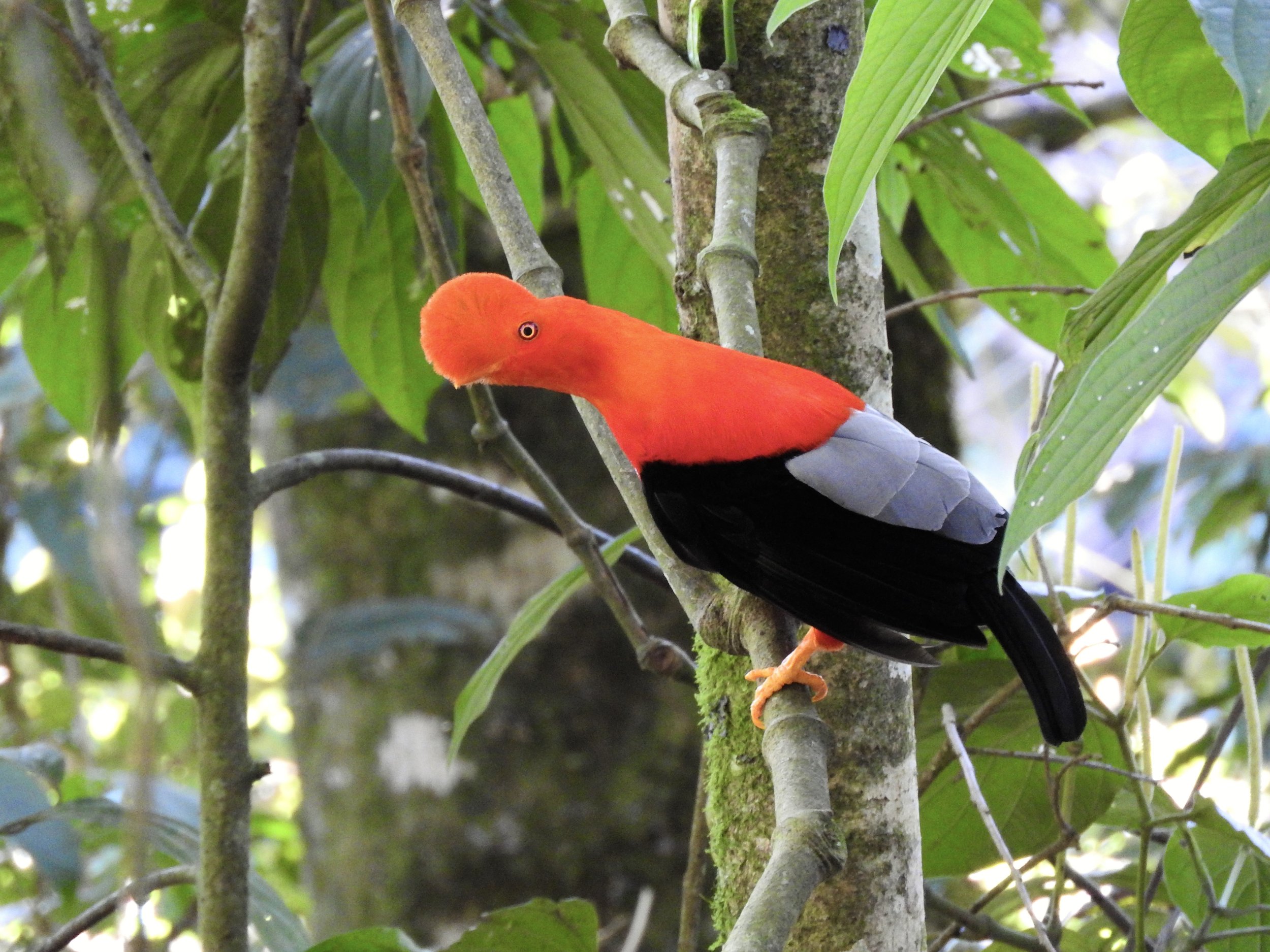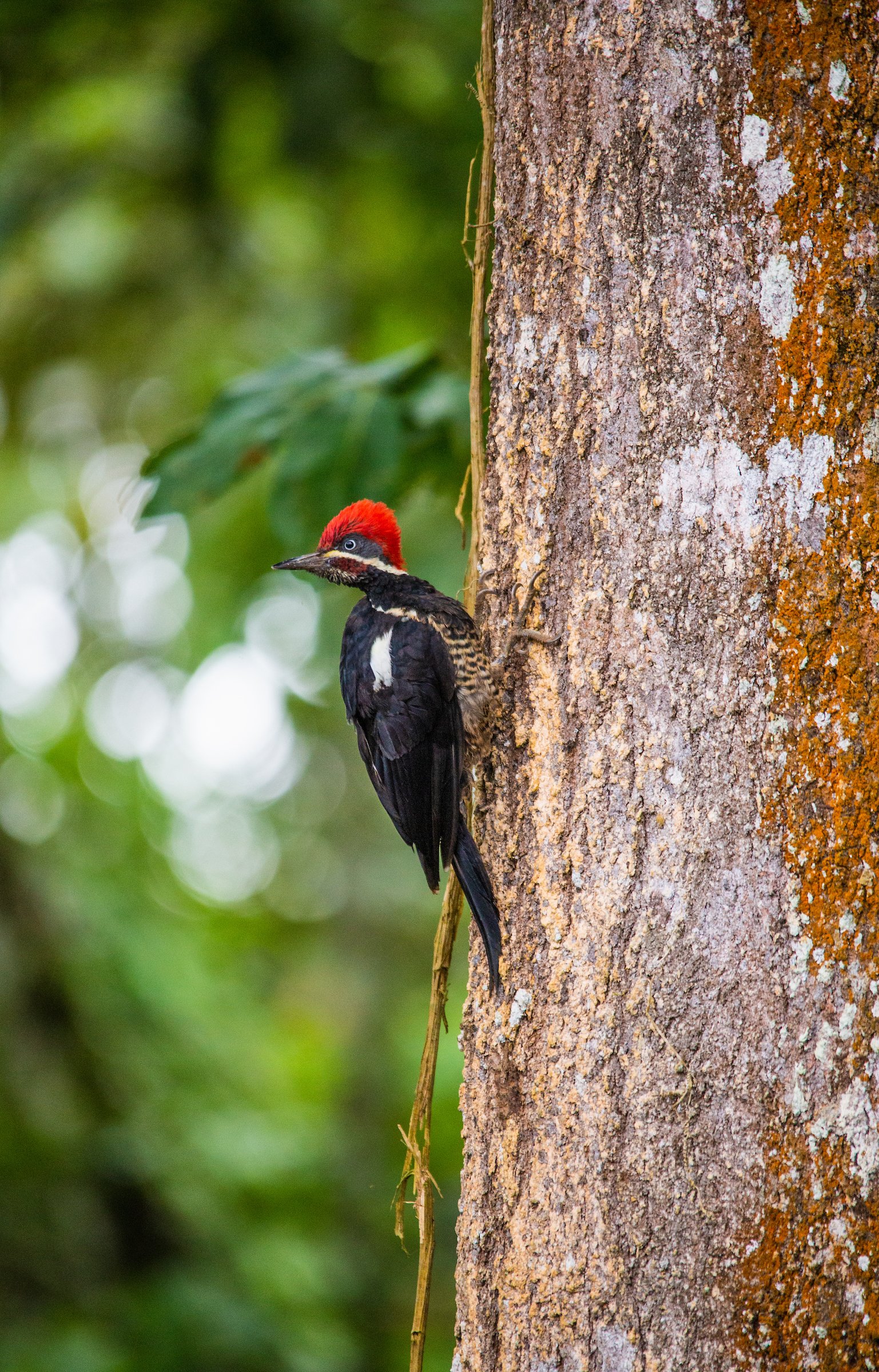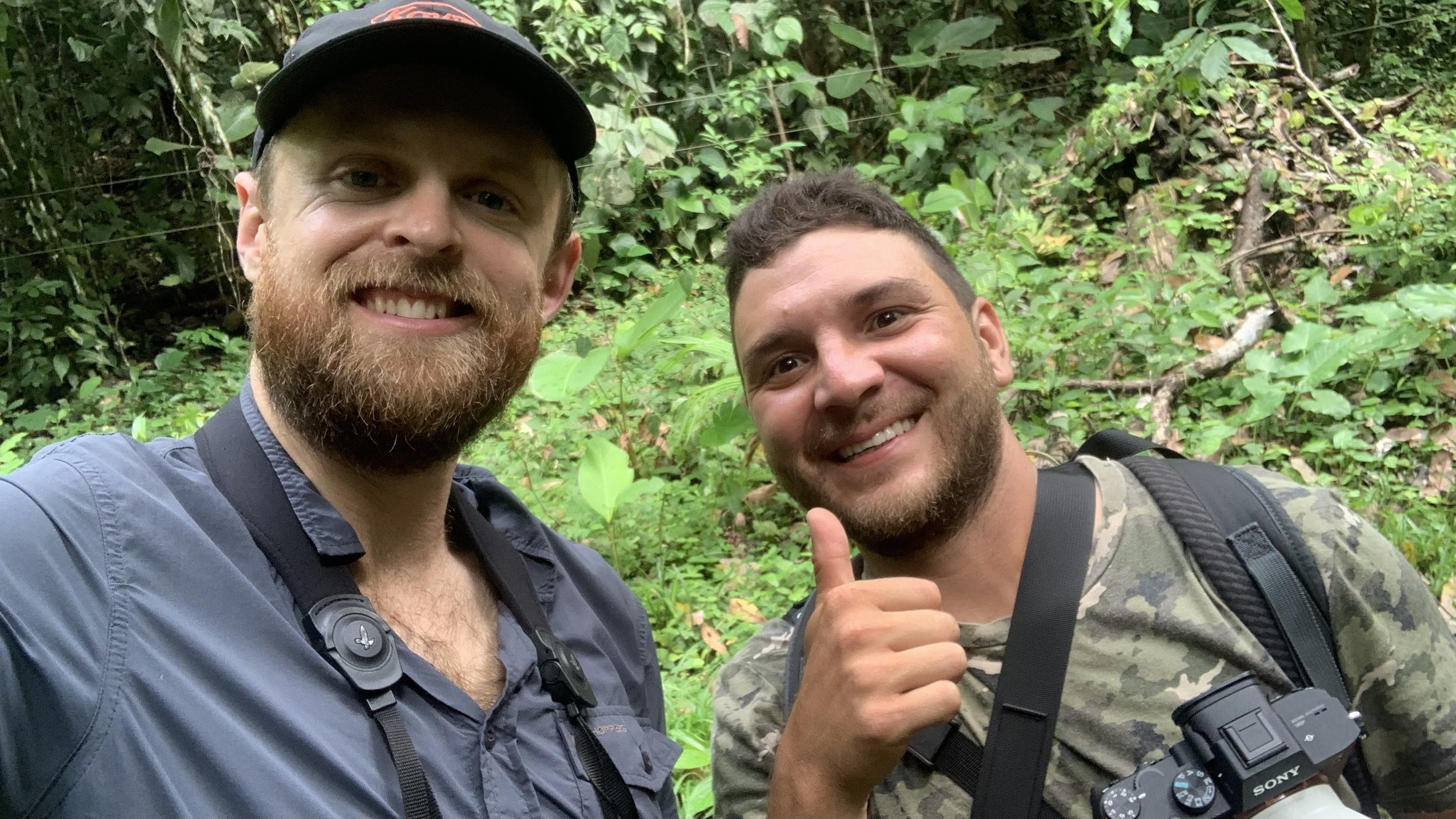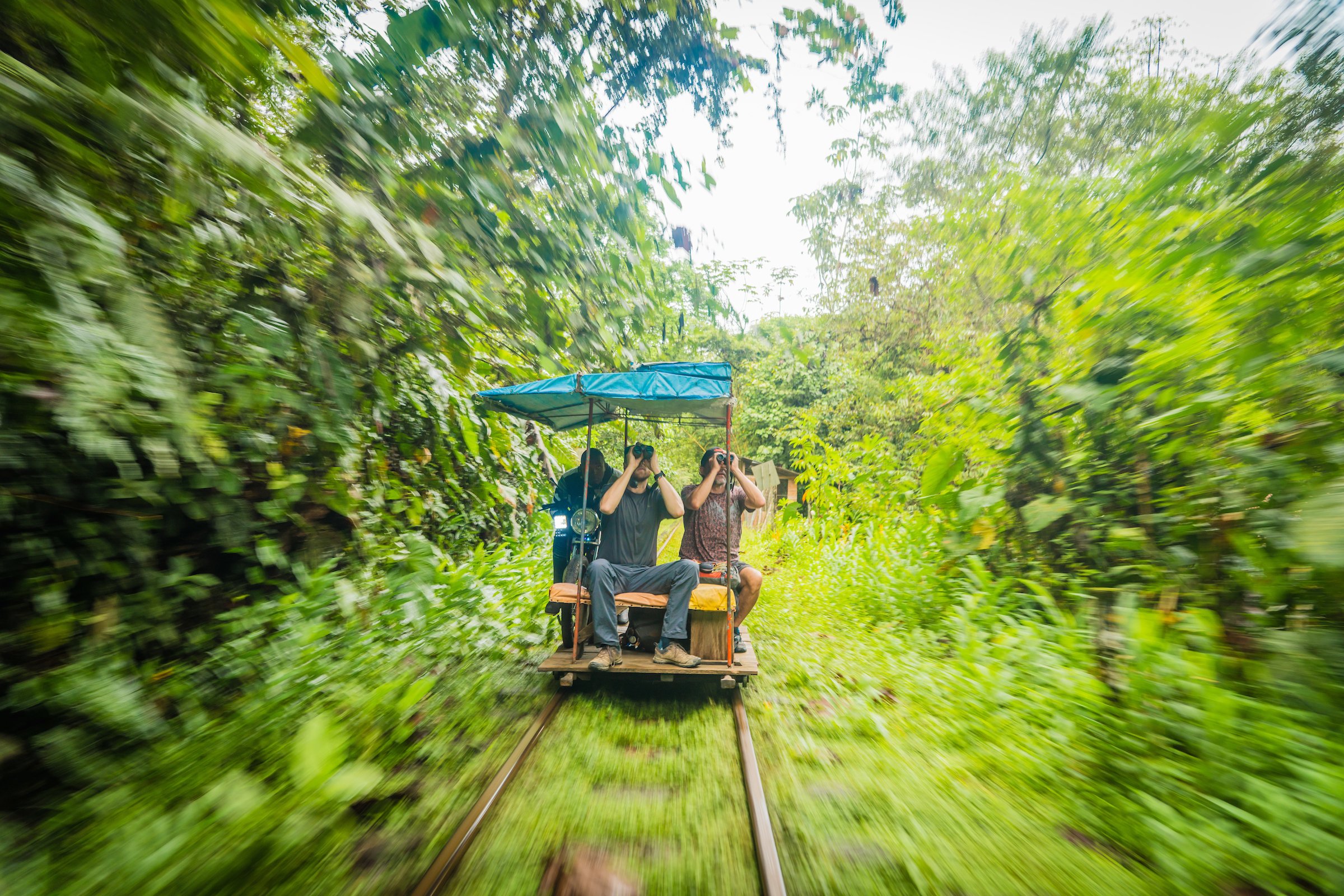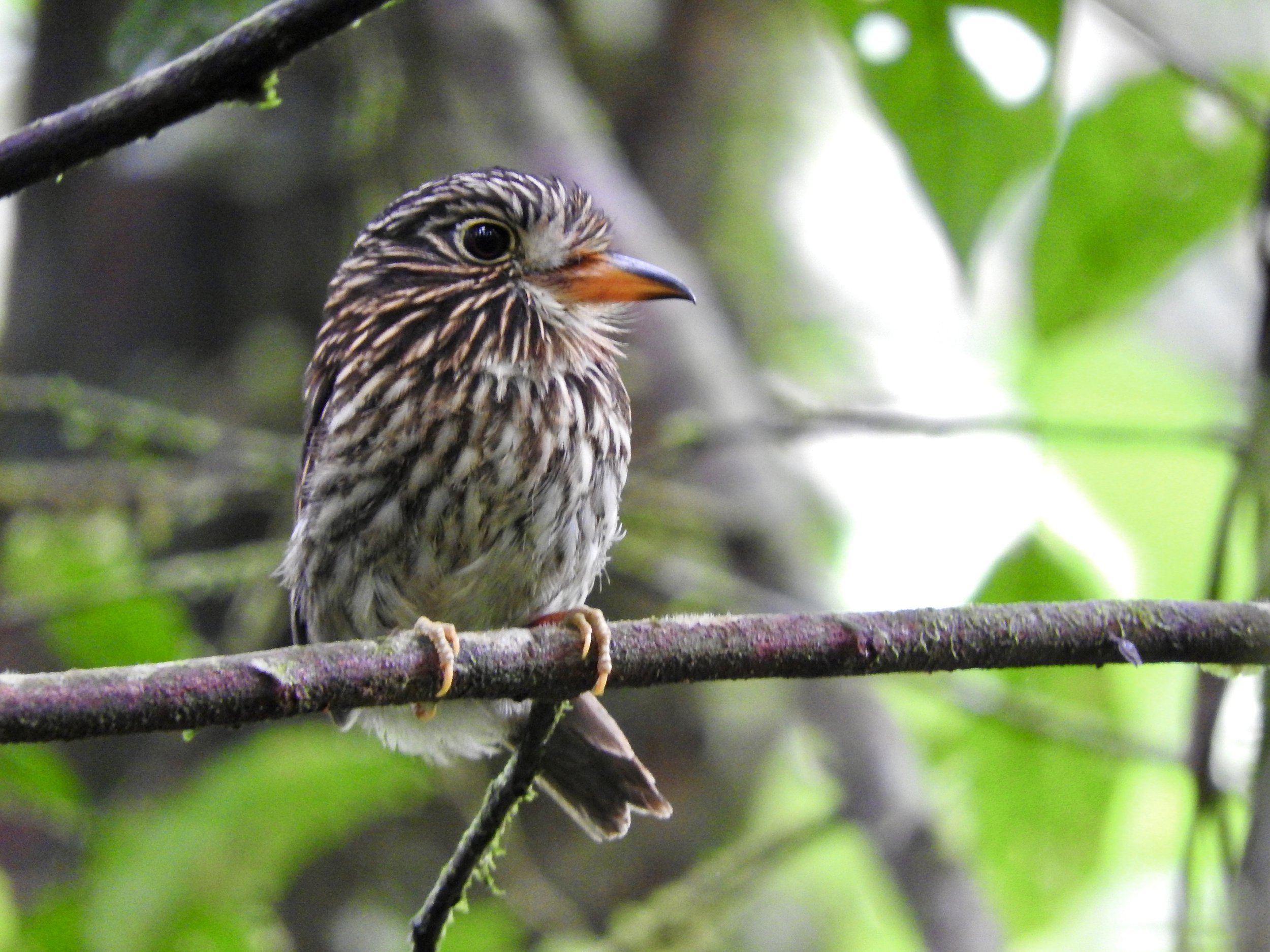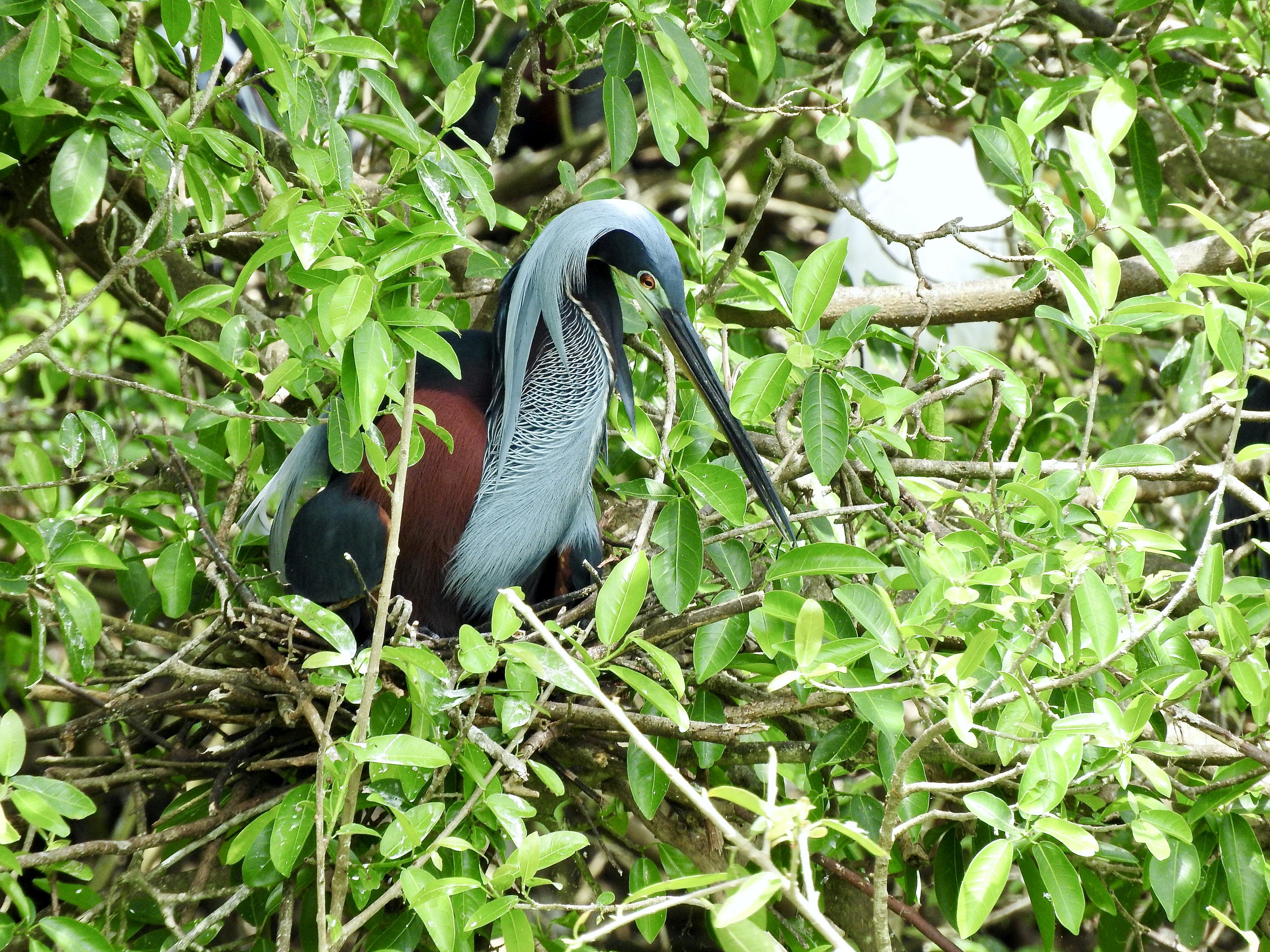Birding in Cartagena, Colombia: Agrícola Camelias
Grey-capped Cuckoo, Agricola Camelias, Cartagena, Colombia
Our host recently paid a visit to a new birding spot near Cartagena - an area that’s not typically on the birding radar in Colombia - and found an exciting new reserve with unique birds and great infrastructure. Thanks to Agrícola Camelias, Cartagena might be about to claim its place on the Northern Colombia birding trail.
Cartagena de Indias has long been the jewel in Colombia's tourism crown - tens of thousands of tourists a year flock to the gorgeous Caribbean city, enchanted by its perfectly preserved colonial architecture, world-class restaurants and bars, and picturesque cobbled streets.
However, Cartagena - and the entire department of Bolivar - hasn't exactly been on the radar for birding tourism. Despite a robust birding tourism industry further to the east of the Colombian Caribbean - the 'Northern Colombia Birding Trail' is one of the most popular birding routes in Colombia, encompassing the Sierra Nevada de Santa Marta and Perijá Mountains, the Guajira deserts, and the mangroves around Barranquilla - Cartagena has never been seen as a birding destination.
Cartagena’s modern Bocagrande neighbourhood - views like this typically don’t make you think of a birding destination
But that could change thanks to an excellent new birding spot just south of the city and a growing wave of local birders with a passion for exploring their region and showing it off to visiting birders. I recently had the privilege of visiting this site and another nearby reserve and found the birding opportunities excellent: both locations had a nice mix of localized species, regional endemics, and charismatic species, and it's undoubtedly feasible to spot almost 100 species there in a solid day or two of birding. Over two days, my list topped 80 species, and that was pretty laid-back birding focused on a few specific targets.
The main focus of my trip was a visit to Agrícola Camelias. This organic farm is located in Turbaco, a small city about an hour south of Cartagena. They primarily produce organic honey, free-range eggs, and local fruit like papaya and plantain. However, Rafael, the owner's son, is spearheading a new direction: sustainable ecotourism, with a particular focus on birding. Rafa recently caught the birding bug and saw a wealth of potential in the dry forest habitat of his family farm. On the evidence of my visit, he was right to see that potential.
A beautiful dawn at Agricola Camelias
To backtrack slightly, Camelias first came to my attention after my pelagic birding trip in Tumaco earlier this year. I was chatting with another participant, and they told me about a great spot near Cartagena where they'd seen Grey-capped Cuckoo, a rare and little-known species in Colombia. I had long had a birding trip to Cartagena in the back of my mind - the newly-split Colombian endemic Turquoise-winged Parrotlet and Red-throated Ant-Tanager were two target species - and the news about a spot for this cuckoo sealed the deal. So I contacted Camelias through their Instagram account and arranged a visit for early September.
Rafa kindly met me at the airport on Friday night, and we drove down to Camelias, arriving late in the evening after a quick dinner stop. I passed out right away in a comfortable room in the main house - there are three rooms available, sleeping up to six people - and set my alarm for 5:30 am.
I woke to a beautiful morning and set off into the dry forest with Rafa and Michael, the local birding guide for Camelias. The reserve has a well-signposted network of trails through different forest routes and along the edge of a large lake below the property. They've also planted loads of flowers for hummingbirds, and it's working: during the day, we got great views of Ruby Topaz, Shining-green Hummingbird, Red-billed Emerald, and Rufous-tailed Hummingbird.
But the cuckoo was the main target, so we set off into the shady forest to try and track down this elusive and mysterious species. After a short time, the cuckoo responded to our calls in the distance undergrowth, but try as we might, we couldn't coax it into view. Otherwise, the birding was excellent: male Lance-tailed Manakins perched out in the open, a Hook-billed Kite sunned itself up in the treetops, and a small mixed flock of Chestnut Piculet and Hooded Tanagers provided some extra excitement. In addition, a Golden-winged Sparrow was cooperative, and the calls of Black-crested Antshrike provided a constant accompaniment to our efforts.
The cuckoo continued to be elusive. Occasionally it called close-by, but we couldn't get our eyes on it. It was certainly living up to its tricky reputation. Finally, just before lunchtime, it flew across the trail and gave extremely fleeting views in the canopy before disappearing into the tangled undergrowth. Although it was definitely Grey-capped Cuckoo, the views weren't highly satisfactory, but we were all hot and hungry, so we retreated to the house for lunch and locally-made fruit ice cream.
The Gray-capped Cuckoo proved elusive at first, but eventually gave us excellent views
Coincidentally, just after lunch, while I was enjoying a brief siesta, Michael wandered down to the lake and spotted another Grey-capped Cuckoo perched in the trees. After he came back to the house, we grabbed our stuff and went back down to see if we had more luck with this bird.
Our luck was well and truly in: one brief burst of song was enough to call the bird in, and we enjoyed walk-away views of the stunning Grey-capped Cuckoo perched out in the open. This individual evidently didn't get the memo about being a shy species and sat out, preening, stretching, and calling in the open for over fifteen minutes. None of us could quite believe the views we were getting: the overall vibe of the group was "stunned into silence!"
To complete a fantastic day, a small group of endemic Turquoise-winged Parrotlets zoomed into a lakeside tree, giving us great views of this "new" Colombian species. As a recent split from the Spectacled Parrotlet, listers suddenly have another compelling reason to add Cartagena to their birding itineraries in Colombia. The area around Turbaco is the spot to tick off this species.
The following day, with great success, we briefly returned to the lake to find the cuckoo with a birding couple from Bogota. It's no exaggeration to say that Camelias is now the most reliable place in Colombia to see Grey-capped Cuckoo. It's been suggested that this species makes seasonable migrational movements to higher altitudes - possibly to the nearby Montes de Maria in this case - so it will be interesting to see the results of regular monitoring at Camelias. Will these cuckoos be a year-round bird, or turn out to be seasonal?
After breakfast, we visited Hacienda Matute, a gorgeous forest connected to the Botanical Gardens in Turbaco. Most birders in Cartagena visit the Botanical Gardens, but Matute is perhaps the better option. The Botanical Garden doesn't open until 8 am - comparatively late for Neotropical birding - while Matute can be visited much earlier. We met up with the owner of the Hacienda and local Cartagena birder, Hugo Vides, an absolute fount of local avian knowledge.
The forest here is more mature and greener than at Camelias, mainly due to the influence of the nascent Matute Creek that flows through the reserve. My main target here was the Red-throated Ant-Tanager, a species I've seen in Central America, but one which is highly restricted in Colombia and that I was keen to add to my country list. This species has an extremely odd range in Colombia; it's pretty much only found in these dry forests south of Cartagena.
The day was already sweltering, but eventually, after an hour or so of birding, we happened across a family group of three ant-tanagers. The Colombian subspecies seemed quite different from the birds I'd seen in Central America, with a much less red body and brighter, contrasting red throat. The male even treated us to a few bursts of whistled song in between his typical staccato chattering.
The stunning mature forest at Hacienda Matute
We stopped at the owner's lovely house for a breakfast of egg arepas and coffee and ended the trip with gorgeous views of a pair of Keel-billed Toucans feeding in a cecropia tree behind the house. Then it was back to Cartagena after a truly excellent couple of days of birding.
[eBird Checklist for Hacienda Matute]
I can't recommend Agricola Camelias and Hacienda Matute highly enough for birding in Cartagena. If you're planning a birding trip along the Northern Colombia Birding Trail, these Bolivar dry forests would be the ideal start/end point or a way to connect Santa Marta with the Agami Heron nesting colonies further west in Cordoba department. Or if you're simply a birder/nature-lover on a trip to Cartagena and want to escape the city for some nature for a day or two, then Camelias is an excellent option. Either way, it's well worth your time to go and check it out. And Grey-capped Cuckoo…who can argue with that?!






